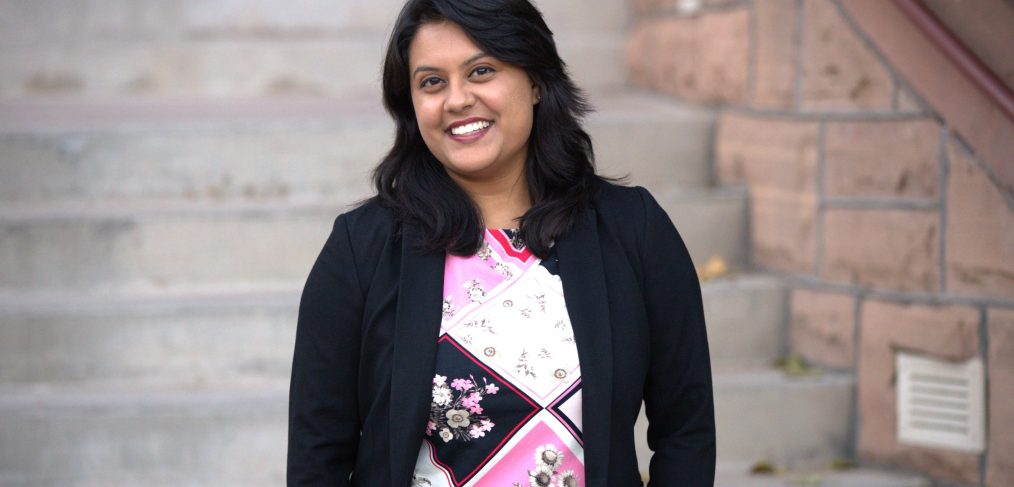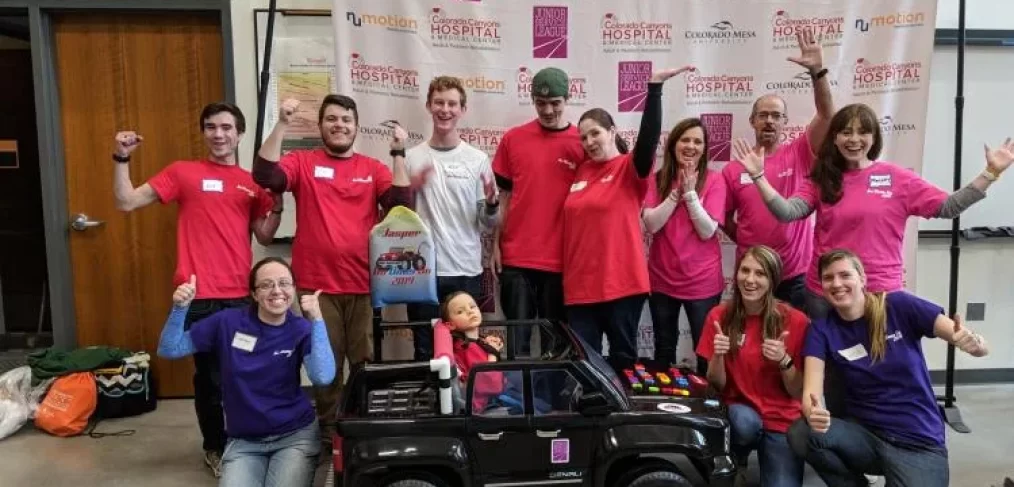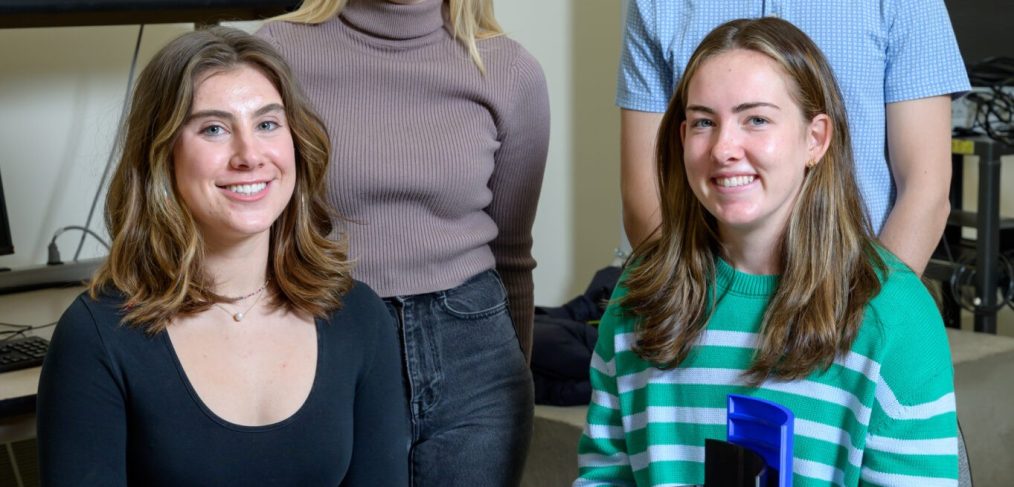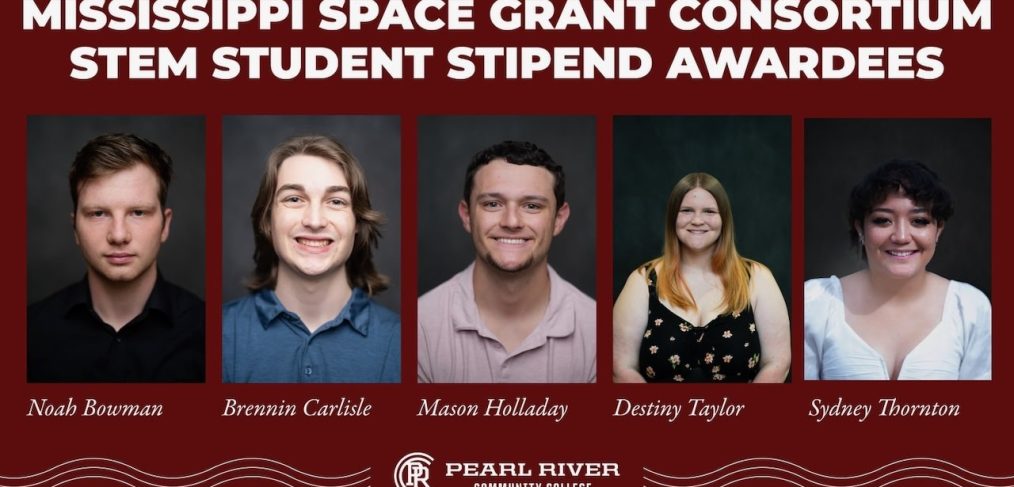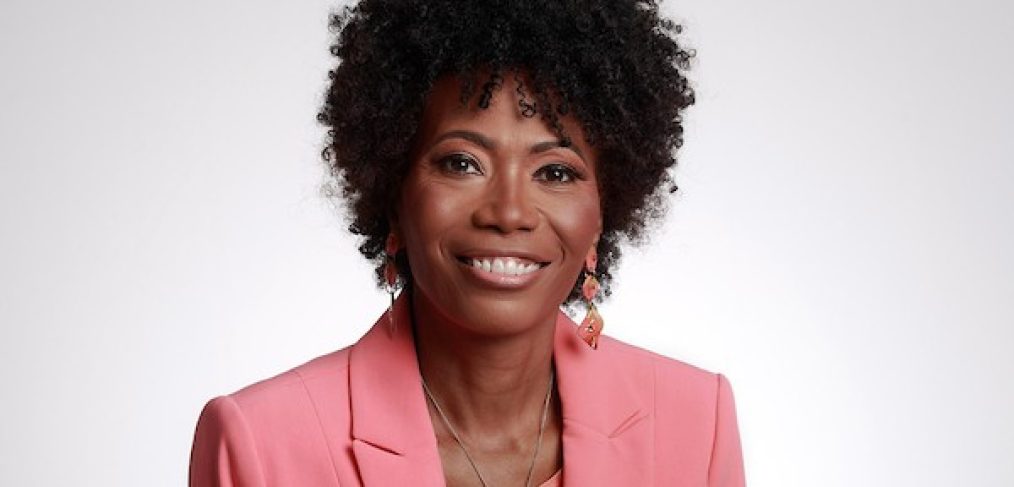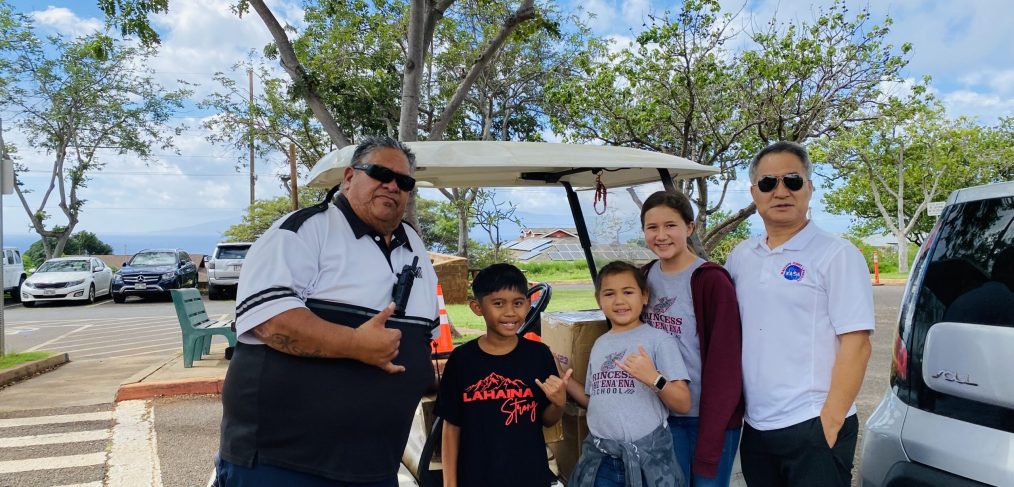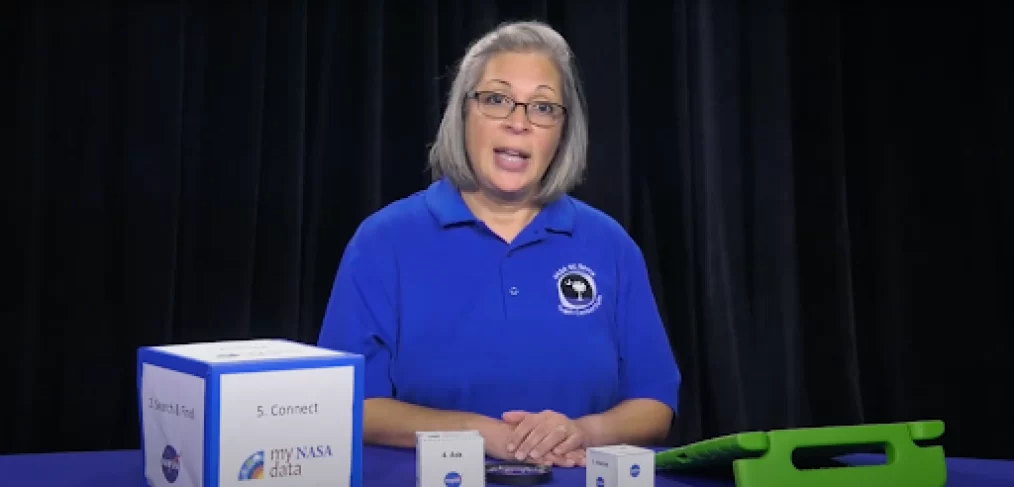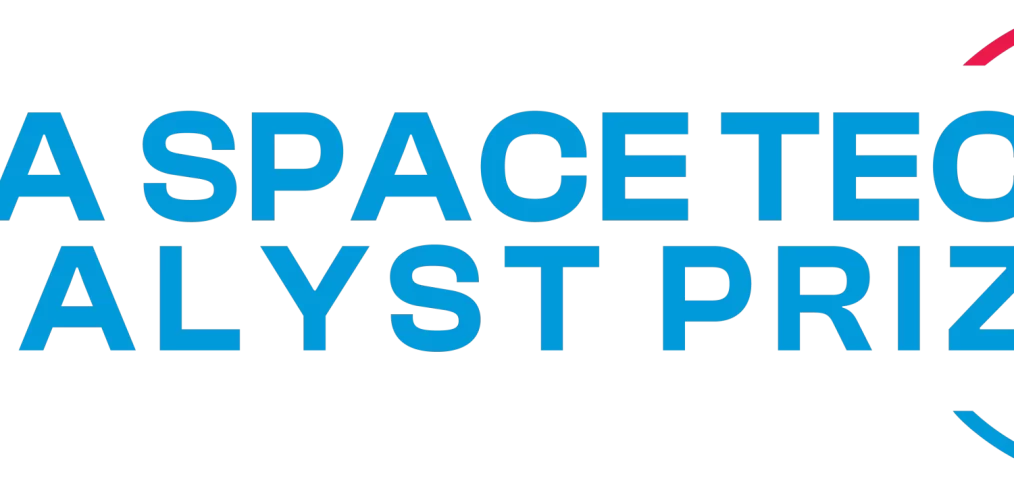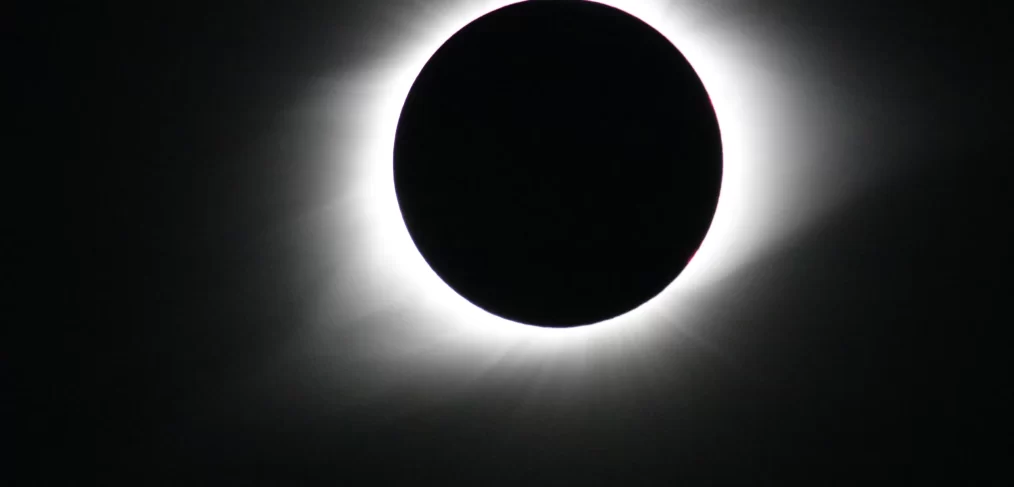The Brooke Owens Fellowship—a nationally acclaimed nonprofit program recognizing exceptional undergraduate women and gender minorities with space and aviation internships, senior mentorship, and a lifelong professional network—announces its Class of 2024 Brooke Owens Fellows
The Class of 2024 marks the eighth class of “Brookie” Fellows. The 47 Fellows were selected through a fair and extremely competitive application process involving written and creative submissions, interviews with the Fellowship’s leadership team and its close network, and interviews with leading aerospace employers from across multiple sectors in the U.S. aerospace industry. Over 450 promising and talented students submitted their applications, coming from Ivy League universities, major research universities, historically black colleges and universities (HBCU’s), liberal arts colleges, community colleges, and major international universities. The Fellows were selected based on their incredible talent, desire to pursue a career in aerospace, stand-out creative abilities, record of leadership, and most importantly commitment to their communities.
The Brooke Owens Fellows will each be matched to an executive-level mentor in the aerospace industry who will support and work with the Fellows to help launch their careers in addition to a Brookie Alumni Mentor. This summer, the Fellows will start their internships and come together in July for the annual Brooke Owens Summit in Washington, DC. The Class of 2024 will also become part of the network of almost 350+ Brookie alumni spanning all aspects of space and aviation including engineering, scientific research, policy, journalism, and entrepreneurship.
Ritisha (Risha) Das is a senior and Flinn Scholar enrolled in the Barrett Honors College at Arizona State University, double majoring in mathematics and mechanical engineering with an emphasis in computational mechanics. Falling in love with the magic of space and stars ever since she read the children’s book “Amanda Visits the Planets”, Risha has dreamed of working on satellites and helping design other vehicles for space. That is why she is so excited to have received the Brooke Owens Fellowship where she will be interning with Airbus US Space & Defense as a systems engineer.
Read the full article on the Arizona Space Grant Consortium website.
Author Credit: Brooke Owens Fellowship
Image Credit: Ritisha Das / Brooke Owens Fellowship
Brooke Owens Fellowship Page (Jan. 30, 2024)
